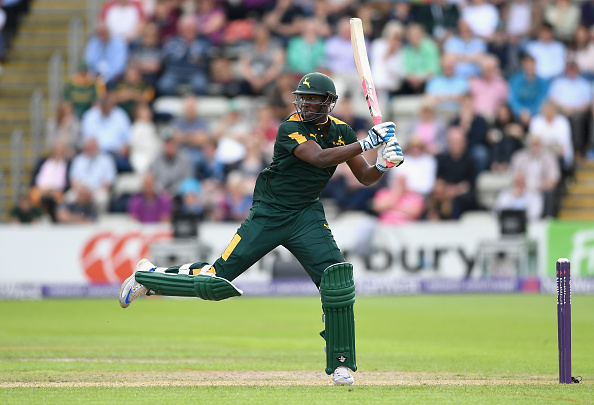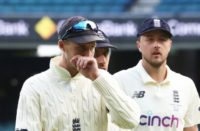Tim Wigmore says that Twenty20’s rise has made cricket much more likely to be damaged by the use of steroids and the like
When the Champions Trophy returns to England next month, it will feel like déjà vu for those who remember the 2013 tournament. The competition again takes place in June, has an identical format and even the three grounds used are the same. But there is one significant difference between the tournaments: this year’s edition of the Champions Trophy will feature blood-testing, for the first time in an ICC event.
It is a recognition that the risk of doping in cricket has increased. At the end of last month, Afghanistan’s Mohammad Shahzad was provisionally suspended by the ICC after testing positive for the banned substance clenbuterol in an out-of-competition test; Shahzad decided not to challenge the provisional suspension.
This year, Andre Russell was banned for a year for failing to file his whereabouts with doping officials three times in 12 months.
The advent of Twenty20 has changed so much about cricket. One of its less palatable effects is to make the sport more susceptible to doping.
While batting in Test cricket is about stealth and skill, T20 is a game of power. The Bradman of T20, Chris Gayle, hits a six every nine balls. More than anything else, clearing the ropes is the mark of a batsman’s worth in T20. And performance-enhancing drugs have the potential to make it much easier for batsmen to develop the power that they need.
Here there are obvious parallels with baseball, which once considered itself immune to doping until steroids were found to be endemic among hitters – including Barry Bonds, an all-time great – in the 2000s. According to David Wells, a former Major League pitcher, at one point more than a quarter of all baseball players were on drugs.
In cricket’s transatlantic cousin, it was not only hitters who were found to be doping Pitchers doped to make themselves less injury-prone and be able to deliver the ball at faster speeds. So bowlers could also be at risk of doping, both to bowl quicker and play a fuller part in T20 leagues.
It is not only because the skills required in T20 can be boosted by clandestine doping that cricket is newly vulnerable to drugs. It is also because of the game’s economics. Match-fixing – which still exists, but, the ICC believes, has moved away from the most lucrative internationals – was a crime born of the fact that some elite cricketers were not being paid enough. Conversely, doping – cheating to win, rather than cheating to lose – reflects the opposite: how much the top cricketers can now earn. Earning $1 million for six weeks in the IPL is now common, and the array of domestic T20 leagues means that a player can now play T20 almost all year round if they wish.
The other great worry for cricket is the absence of standardised drug-testing. The ICC conducts out-of-competition testing on cricketers, but those who have not played internationals in the past two years, or have retired, are not subject to ICC testing. It is instead up to domestic T20 leagues and national anti-doping authorities to co-ordinate drug-testing. The quantity, and quality, of drug-testing varies hugely across T20 leagues. For players in less well-monitored leagues, the risk-benefit assessment of doping might be appealing, if they consider that there is little risk of being caught but a large chance that doping could lead to improved performances, getting picked up in more lucrative T20 leagues and their finances being transformed for life.
Whether cricket fully acknowledges the risk it faces is unclear. There are welcome steps being taken – the 547 drug tests conducted by the ICC in the 12 months to March, the introduction of blood testing next month and drug tests being extended to the Kia Super League this summer, recognising how doping in women’s cricket is also a threat, one unhappy byproduct of increasing rewards in the female game.
Yet the laxity with which some suspensions are enforced – Russell played on for 11 months, including winning the World Twenty20, after failing to file his whereabouts three times in a year – creates the impression of a sport that has yet to embrace the concerted action needed to stamp out the threat of drugs.
Consider the recent verdict of Richard Ings, the former head of the Australian Sports Anti-Doping Authority. “Cricket is a high-risk sport for performance-enhancing drug use,” he said. “Testing in cricket is porous and inconsistent. I would rate the risk of doping in cricket as high and the quality of the sport’s co-ordinated global anti-doping efforts as poor.”
Cricket can consider itself warned. The recent suspensions of Russell and Shahzad are a reminder that T20 has made cricket more vulnerable to drugs than ever before. If the sport is not vigilant to this threat, doping could be cricket’s next great scandal.
This piece originally featured in The Cricket Paper, May 19 2017
Subscribe to the digital edition of The Cricket Paper here












